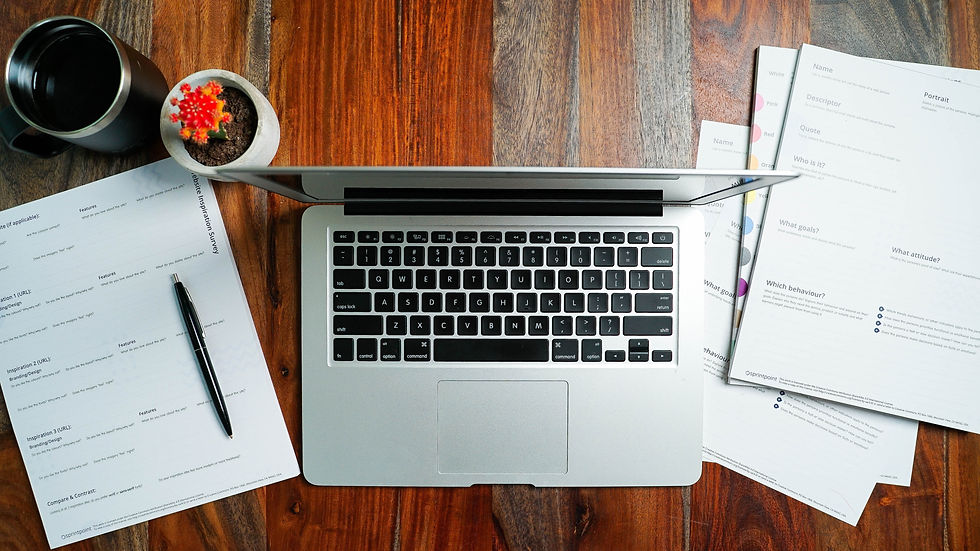How to make your own Easy Read information.
- Clare Tarling

- Dec 19, 2021
- 3 min read
Updated: Oct 10, 2023
Organisations who are short on time or skills can ask people like me to produce their documents in Easy Read. Sometimes it is useful to have a fresh pair of eyes on a document - this is a common reason for hiring outside help. If you have written the 50-page version, you may be too buried in the detail to be able to de-clutter it effectively.
Or ... perhaps you would like to have a go at Easy Read design.
Here are 8 quick tips to start you off:
Read: go through the original document – once quickly, then a few times in-depth. Use paper and a highlighter pen (or as an alternative to paper, try the excellent GoodNotes app on iPad) to pull out the most important information. Then take a break, for as long as you can.
Structure: staying alert to repetition, and thinking about the best order to put the information in, can suggest a new structure for the document. Sometimes this is necessary to reduce the length, and make it a more logical read. Decide on your headings and the broad shape of the content. I often sketch out my pages in a notebook at this stage.
Write: I usually start from scratch, rather than editing the original document. You can use any basic word processing programme: Word, Google Docs, Pages - it doesn’t matter which one. I use my chosen font (FS Me) and point size (usually 18pt for body text) from the outset, to give me a feel for how the pages will look.
Brand: If you are creating a branded document, start with the logo. Find the exact colours by sampling the logo in a programme such as PowerPoint or Photoshop (these programmes both have an eyedropper tool) and decide how to use them. Some organisations have strict brand guidelines, and these can be helpful, although you may have to deviate from the prescribed fonts and font sizes.
Layout: My go-to programme is InDesign by Adobe, although I often use Word too: it is easier now than it used to be. I always use margins and guides to ensure that the layout is consistent. Easy Read convention is to have 4-5 images evenly spaced down a very wide left-hand margin.
Images: Photosymbols are brilliant. Otherwise, the free icons that come with PowerPoint are ok, and you can set them to any colour. You can use your own photos, and there are some websites offering free photographs such as Pixabay and Unsplash. Make sure any images you use are of good quality (zoom in to check), and try to achieve consistency in the style of images you use throughout the document.
Proof: Never underestimate how long this takes. Make a PDF, take a break, then read every word and look again at the layout. I like to change the format – paper or iPad. For some reason, I spot mistakes more easily this way. This stage can be the difference between an amateur and a pro publication.
Feedback: Leave time for feedback and amendments.
A word about co-production.
I would ideally co-produce all of my documents. To me, this means involving representatives of the “target audience” in the proofing stage, plus as many of the other stages as possible.
In practice, this is hard (but not impossible!) to do, especially since covid has prevented much face-to-face work. Deadlines get in the way: most of my jobs are on tight deadlines, so I mostly work alone, with a small pool of proof-readers. One of my aims for 2022 is to get more feedback, from customers and from readers. For a run-down of the common features of Easy Read information – I have written another blog here.






Comments